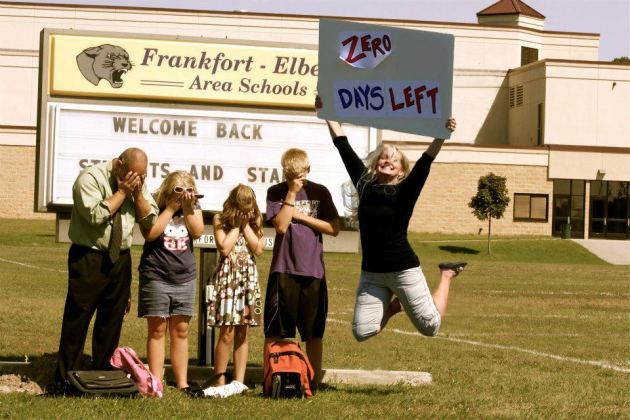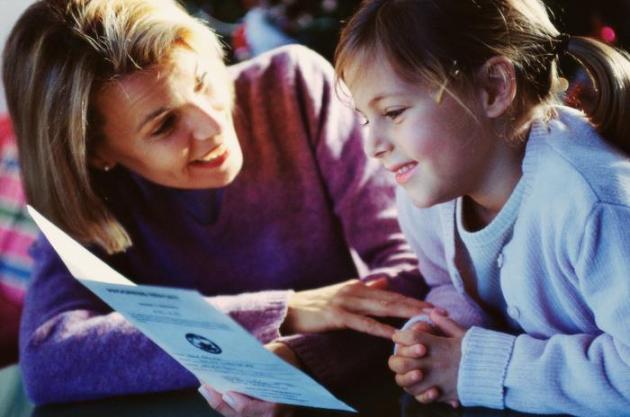I don’t mean to brag or anything, but I’ve successfully botched almost everything I’ve ever done!
The exception was how we included Issy in a classroom for typically developing kids. There we had EPIC success. This is how we did it:
Issy started Kindergarten in our local school district. She would spend part of her day in the classroom with her typically developing peers and part of the day in the resource room. We identified several girls who would be her “friends”. These girls are the little “mothers” of the class. The ones who are always helping other kids. These little girls are also “pleasers”, the ones who work hard to please the teacher and other adults. At this age, so many little girls are like this (boys too).
We asked the girls to be “Issy’s friends” and contrived situations where they could help Issy. This could be getting an item, or helping clean up or following her when she is doing a task.
Here is the important part.
Are you ready?
We enthusiastically told the students, “You are such a good friend to Issy!” And they really were being good friends! We tried to tell them that as much as possible. We were encouraging “good friend” behavior. We told them this when they were actively helping Issy. We told them this just randomly (like if I saw them at a football game). The kids took great pride in being Issy’s friend. And heck, shouldn’t we all take pride in our friends?!
It wasn’t long before nearly all of the students of the class were being good friends to Issy! They all knew she was autistic. However, they didn’t know that it was a bad, sad, or terrible thing. They thought it just meant she was special. And she is!
Another thing we did right was involving the oldest kids in the building as “Issy’s helpers”. There were a handful of sixth graders identified to be “helpers”. They would mainly help Issy at recess. The awesome thing about 6th graders is that they still want to swing on the swings and play games. They helped Issy and sacrificed some of their own lunchtime. What little superheros!
Matt and I always made a point of thanking these older helpers for being a “good friend” to Issy. And guess what?! They appreciate the compliment as much as the kindergartners.
Because we live in a small town, we knew many families with kids that were neither in Issy’s class or a 6th grade helper. So guess what? When we saw them in the hall we said “hi” and if they said “hi” to Issy we would encourage her to give them a “high five” and then we would tell them how what good friends they were for giving Issy a “high five”! They would beam with pride! So would I!! A whole building full of awesome kids!
As the years progressed, Issy learned the name of every student in the school; their birthdays, their sibling’s names, their pets’ names, and what instruments they played. (It’s an autism thing! Also, it’s exactly what a good friend knows about other good friends!)
At the end of the school year, 5th graders would ask the 6th grade teachers if they could be one of Issy’s helpers next year. It was a highly coveted position!
The best part, the very best part…. When a new student moved into the area, they would meet Issy (because clearly she isn’t “normal”). When the child would make a funny face and say something like, “What’s up with her?” The kids would respond, “That’s Issy. She’s cool” and suddenly, the new kids accepted her like everyone else.
I told you. We really did it right. The kids did it so right!
So if you’re an autism parent or a school employee, all you have to do is reinforce “good friend” behavior. You can use phrases like this:
“I really like how you helped Issy! What a good friend you are!”
“That’s awesome how you sat with your friend Issy today! Good job ______!”
“I loved watching you and Issy play! What great friends you are!”
When Issy was in 6th grade herself (and no longer needed a helper) her behavior became erratic. Things began to change. Her friendships and all of our hard work were compromised. It seemed as though the adults in her life couldn’t help her anymore (Matt and I included). We eventually had to place her at a school where there were no more typically developing peers. She regressed. She didn’t like it. She didn’t have friends. She was picked up at 5:30 in the morning to take a 2½ hour bus ride (one way) for school. Beyond heartbreaking. I can’t even begin to tell you all she lost.
I never thought about reinforcing the behavior of adults. Isn’t it amazing that we are not as accepting or willing to help other kids or students as much as “Issy’s helpers”? Maybe we could all take a lesson in this learned behavior from these kids. Maybe as adults, we need to reinforce “good” or “appropriate” behavior with each other. We all need to be appreciated and complimented.
Issy has had many teachers and adults in her life that understood what it takes to help her be successful. There have also been adults (her dad and I included) who have let her down. Many, many, times unfortunately. In so many ways, “Issy’s friends” have been the real leaders as far as inclusion, understanding, and support. I told you we did it right! (with the young people)
My heart has been simultaneously warmed and broken when Issy’s friends ask me how she is. They REALLY love her and they REALLY are her friends.
When we recently hit a crisis with funding, the students at my husband’s school (he is the principal, head football coach, jv basketball coach, athletic director, and anything else that needs to be done) made this video. All of the kids in this video are Issy’s friends. They were the kids that worked with her or were just nice to her. They were her helpers. Grab a tissue.
She is currently doing well in treatment. So well that we’ve begun to plan for her transition home. It will take several months, but our hope is to have her back when school starts. I can’t wait for her first day back at school. She’ll be in her dad’s building with all of her friends, and her brother and sister. It will be both a happy ending and a great beginning!
Really, I’m more excited than normal for school to start in the fall! And trust me, I get excited for school to start! Here we are last fall!

If you have a child with autism, you KNOW how hard summers can be. I literally count down the days for school to start!
My take home message to you is this: Reinforce the relationships you want your child to have. Teachers, friends, and siblings (yes, we say things like “you are such a good sister to Issy”) and adults, all of us need to be reinforced. Trust me. It works!
Good luck and thanks for reading!








You must be logged in to post a comment.